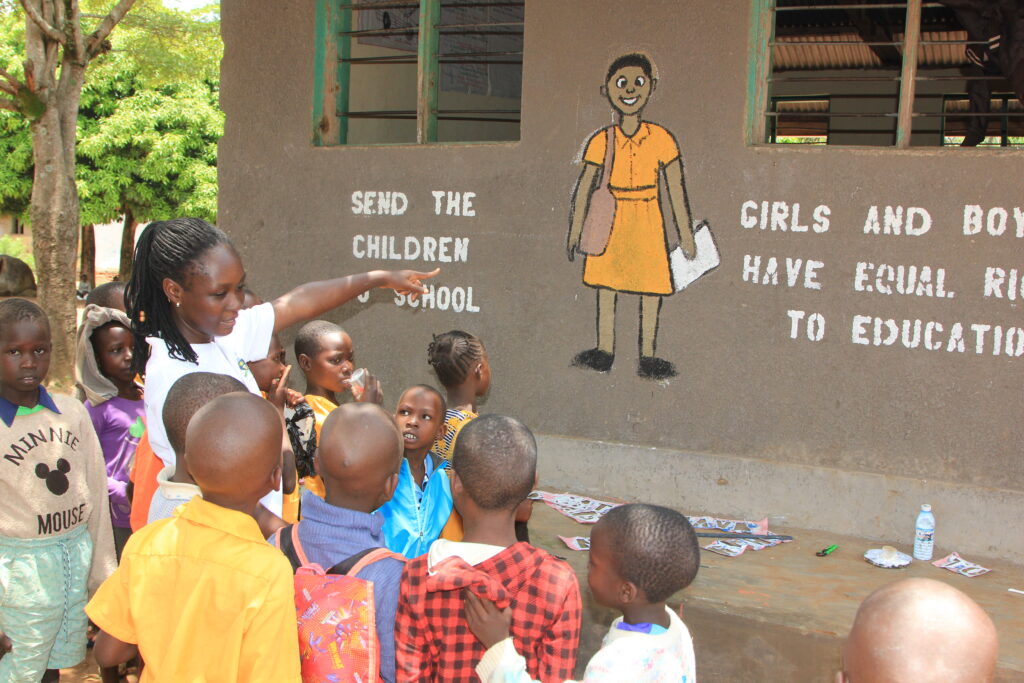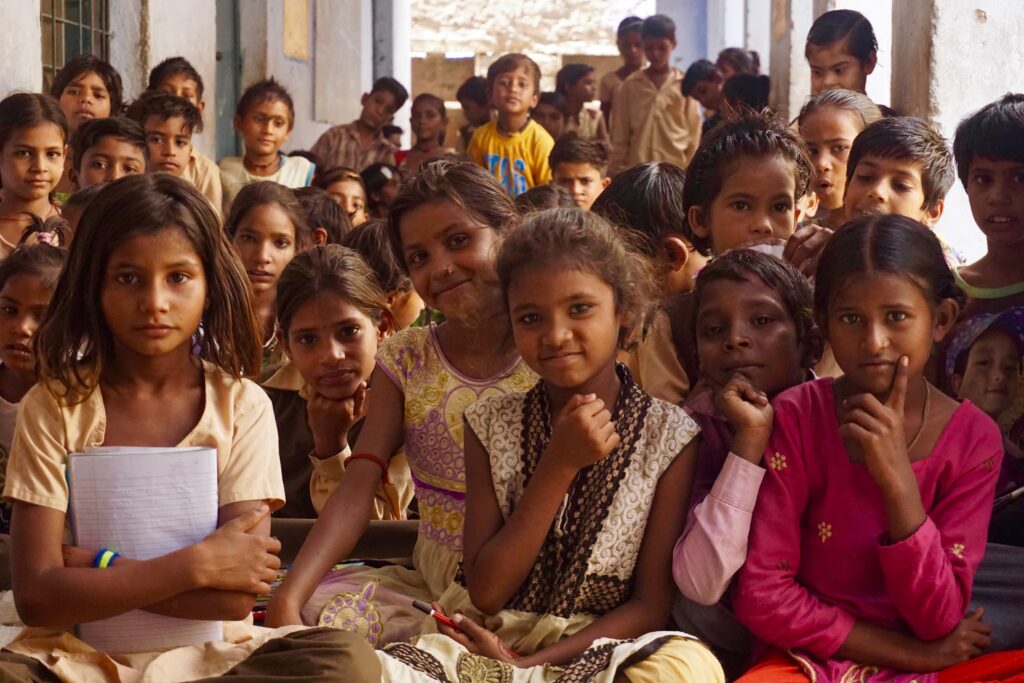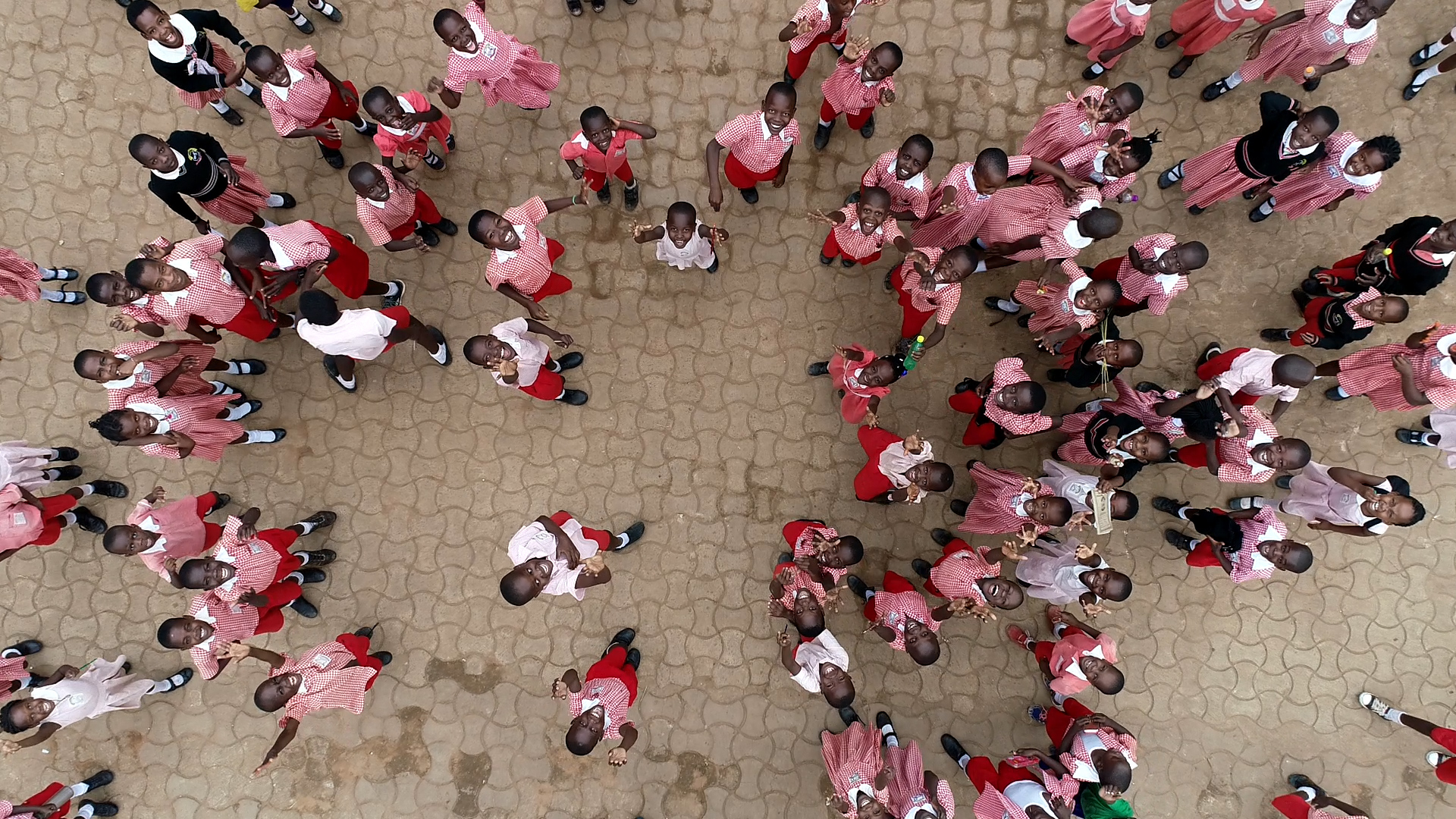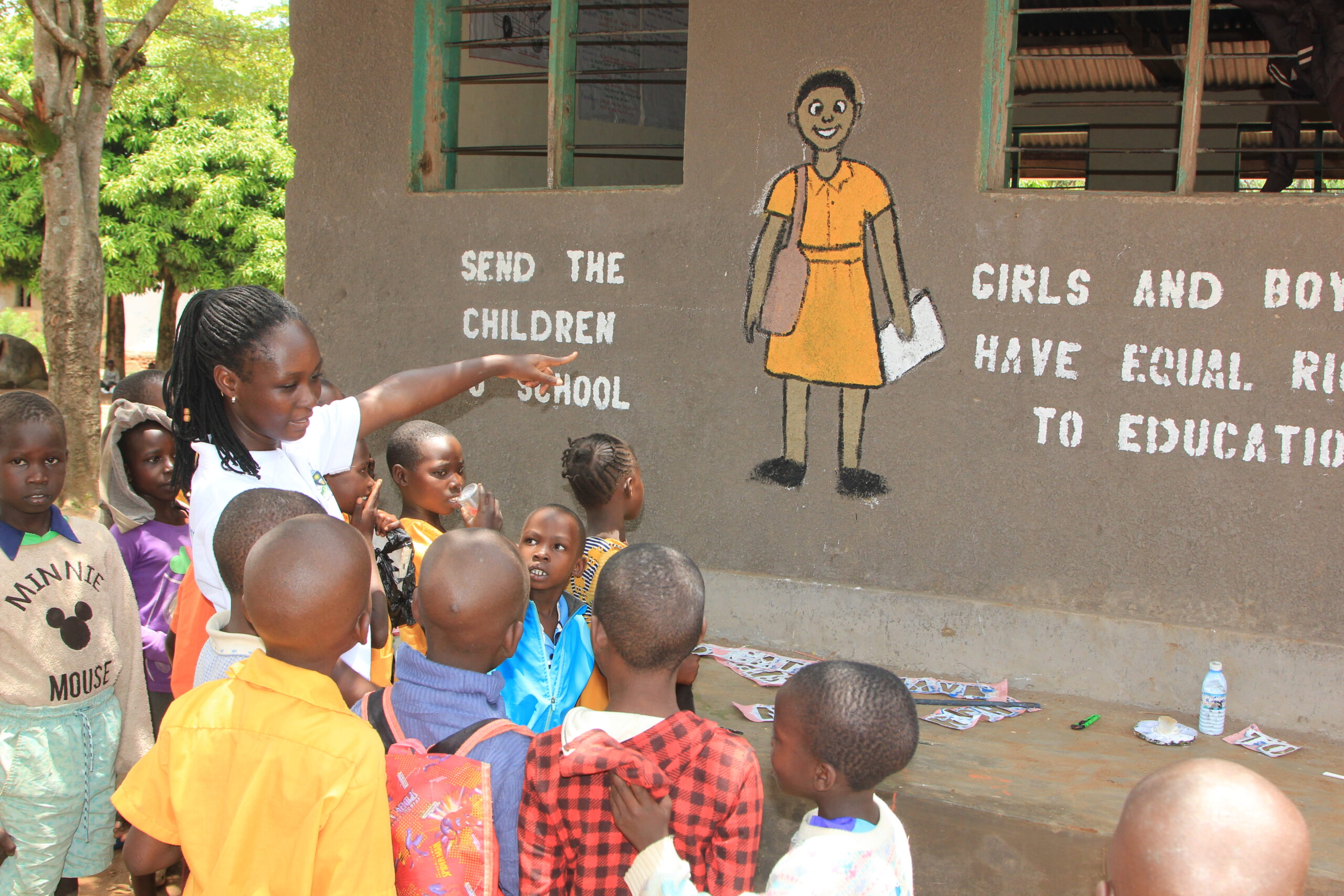Examples and best practices from six countries
There are many different causes for child labour, varying from country to country, from region to region, and many times, even from person to person. Hardly ever is it possible to pinpoint one single cause for child labour. More often, it is a matter of different root causes and contextual factors interacting with each other at different times. It is for this reason, that eradicating child labour will require different methods in different places and situations.
At the same time, child labour is also a problem that shows many similarities, worldwide. Root causes, such as social norms and traditions, social exclusion and discrimination, poverty, poor functioning education and child protection systems, and weak laws and/or law enforcement by government are recognizable in all countries where child labour is occurring. And, in almost all these places and situations, it is clear that providing access to quality education and training for all children and youngsters is one of the most effective ways of eradicating child labour.
Working in six different focus countries, the WNCB programme uses synergy and common factors in the approaches that have been followed over the last few years. Not surprisingly, much of this synergy lies in the emphasis on education.


WNCB activities in Vietnam, Jordan, Uganda, Côte d’Ivoire, Mali, and India include one or more of the following:
- creating or re-creating access to formal education for all children,
- improving the overall quality of formal education,
- offering safe and sometimes in- and non-formal learning or activity centres to prepare children for entering formal education or pathways to future work
- developing or strengthening vocational training opportunities,
- preparing adolescents for better work opportunities when they become adults,
- collaborating with communities and government in all the above.
Six stories of change
In six different stories of change, each WNCB country presents how education has played an essential part in its combat against child labour. WNCB partners describe the context, challenges and approaches that have been chosen, highlighting some specific ones, and talk about steps taken and results achieved.
As different as the approaches and situations in the different countries may be, the WNCB education activities are centered around principles, such as the ones listed below.
Improving access to education and the quality of education
Providing access to education for all children is one of the most effective strategies for eradicating child labour. If all children are in school, and thus not available as cheap labourers, adult workers will have a better bargaining position with their employers about wages and decent working conditions. Parents who earn more are in a better position to send their children to school.
For children until the age of 15 years, we aim to ensure formal, full time and quality education. Transitional education and other forms of non-formal and remedial education for children who have been taken out of work, is meant to serve as a bridge to (re-)entering formal quality education. We do not set up structural parallel structures. For youth in the age group 15 to 18 years, our objective is to support them to continue formal quality secondary education. Where this is not available or viable, we collaborate with alternative education structures while we advocate for the provision of formal quality education. In these cases, youth will be supported to access existing vocational training, apprenticeships, life skills training, and other non-formal education that support the transition to decent youth employment.
Investing in the training of (focal point) teachers as well as in improving their working conditions (e.g. decent salaries), together with creating more child-friendly and (gender) inclusive curricula, teaching methodologies and school environment, is the best way to make sustainable changes towards quality education.
Within the context of WCNB we will follow the INEE minimum standards for education in emergencies. These standards provide clear guidance how to ensure minimum inclusive quality as well as minimum requirements for inclusive access.
Vocational training
We support the economic empowerment of youth by supporting their life skills, technical, financial and employability skills. The aim is to protect them from being engaged in child labour and support them in their transition to decent work. For the age group between 15 and 18 years we promote continued secondary and tertiary education up to 18 years of age on the one hand, and vocational training and technical education and life and employability skills training for successful transition to decent work, on the other.
Texts by Rob Burkhard




